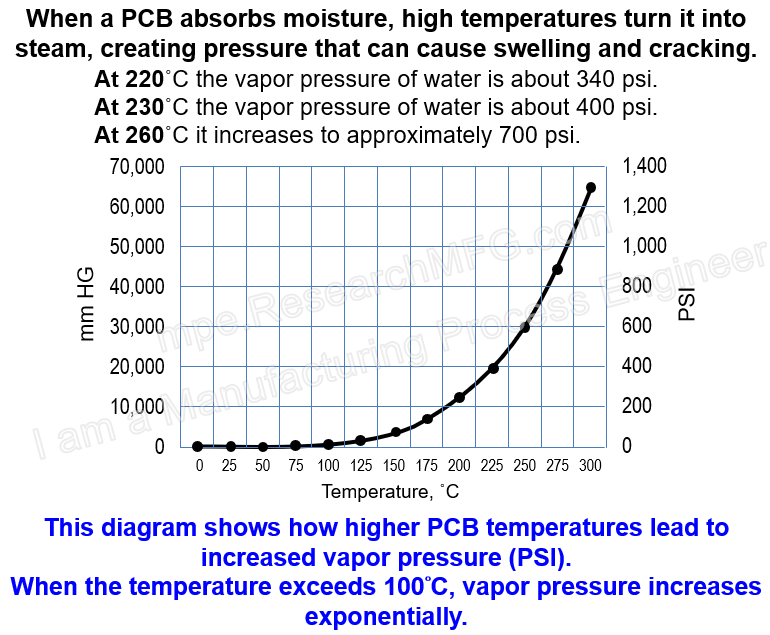
Glass Transition Temperature (Tg) is one of the most important properties of all plastic and epoxy resin materials. In fact, the Tg value is also an indicator of the quality of the fiberglass fabric used in PCB manufacturing. However, compared to Heat Deflection Temperature (HDT), Tg is generally considered less critical. Tg typically refers to the temperature at which the molecular chains of a plastic begin to undergo large-scale motion at the microscopic level.




